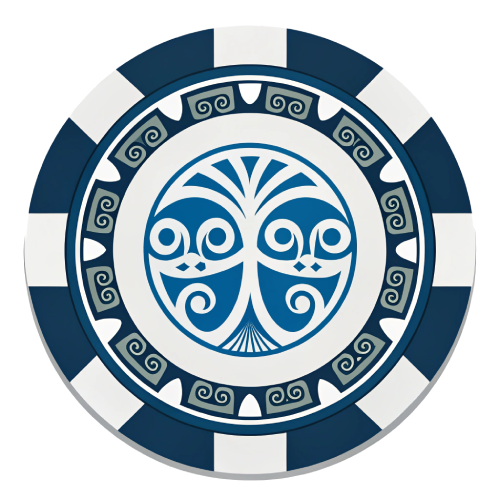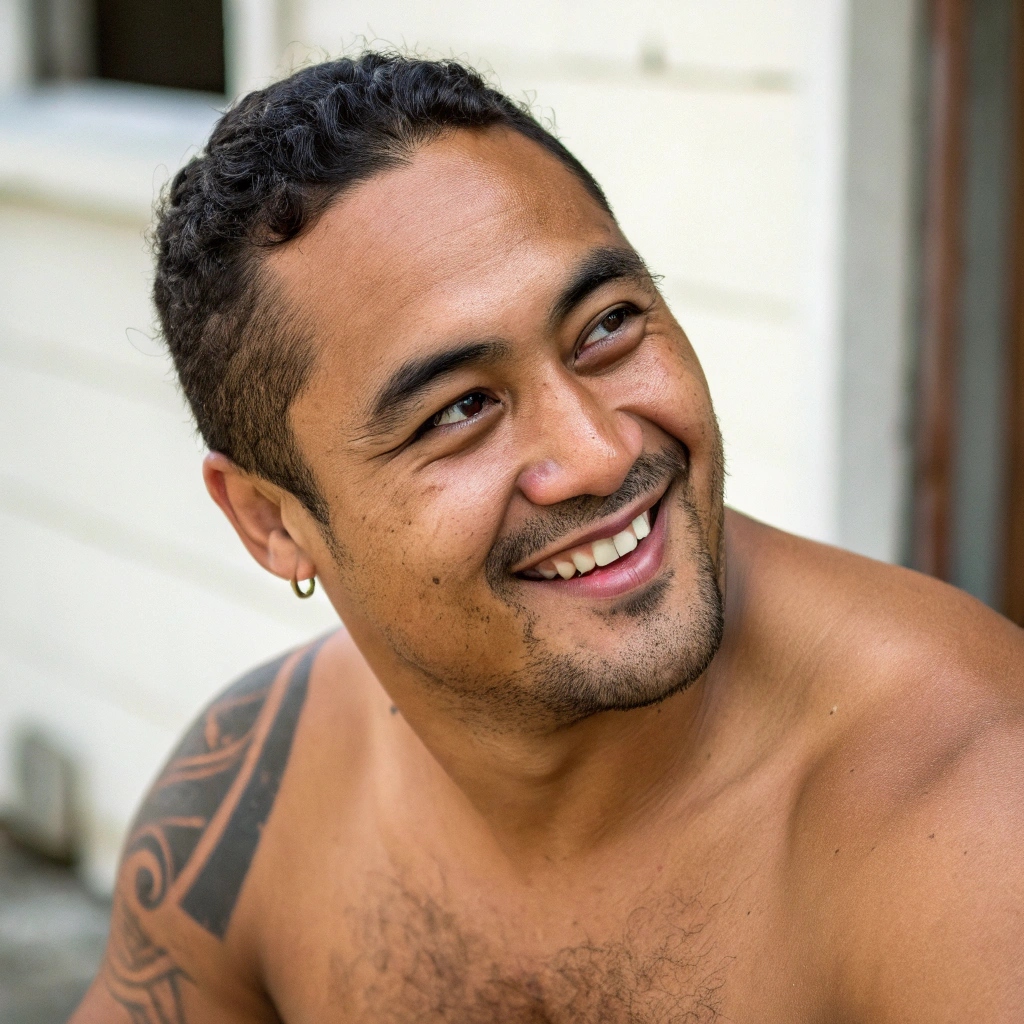TONY DE LAUTOUR, born 1965 in Melbourne
De Lautour has lived in Christchurch for most of his life. He graduated Bachelor of Fine Arts (majoring in sculpture) from the University of Canterbury School of Fine Arts in 1988 and in 1995, just one year after his first solo exhibition, he won the Visa Gold Art Award. His paintings from that first exhibition, ‘Bad White Art’, were deliberately naive and included imagery reminiscent of the seedy side of prison and gang life – drugs, syringes, booze, tattoos of skulls, tears and ‘love-hate’, and the violence of knives and guns. Images of a kiwi and a lion represented symbolically the debate over colonisation and republicanism, and these appeared again in his ‘Revisionist’ series of 2000, placed in the existing landscapes of paintings de Lautour had found in second-hand shops or garage sales. These he reworked to create narratives of quirky humour and irony, giving the old, traditional, mass-produced paintings newly-relevant life.
In the early 2000’s he played with well-known symbols, and appropriated logos of prominent corporations within his paintings. Clues to meaning could be found in the smallest detail. Logos (e.g. of major sports brands, food chains, etc.) were depicted as ‘mountainscapes’ on black backgrounds, perhaps to demonstrate the colonisation of New Zealand by big business.
De Lautour’s art is quirky and full of dark humour. His paintings have been included in numerous group exhibitions in public galleries, and Te Manawa (Palmerston North), The Waikato Museum of Art & History in Hamilton, and the Govett-Brewster Art Gallery in New Plymouth, have held solo exhibitions of his work.
GALLERIES
Brooke/Gifford Gallery, Christchurch
Hamish McKay Gallery, Wellington
Ivan Anthony Gallery, Auckland
Ray Hughes Gallery, Sydney

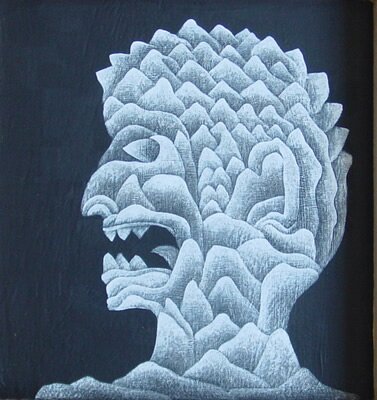

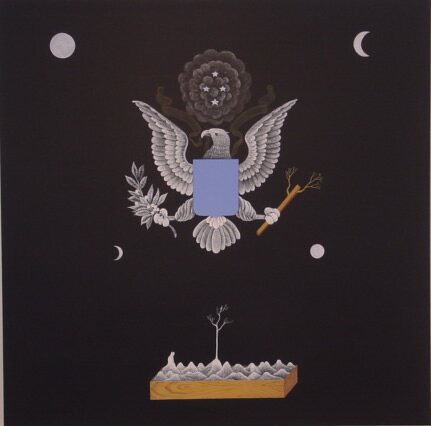

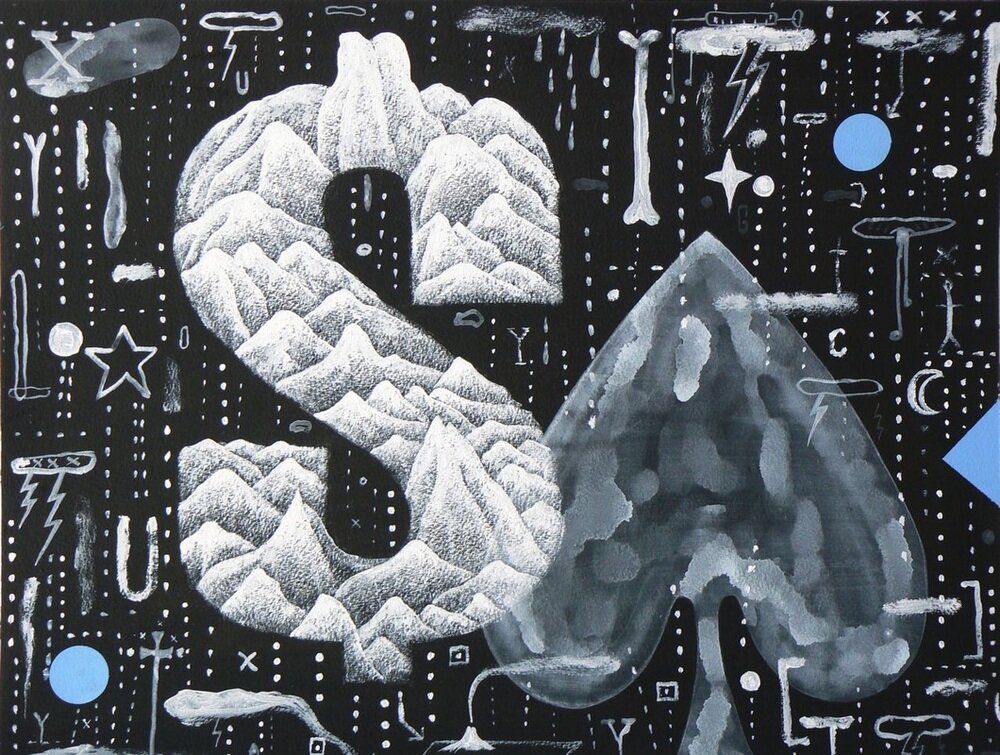
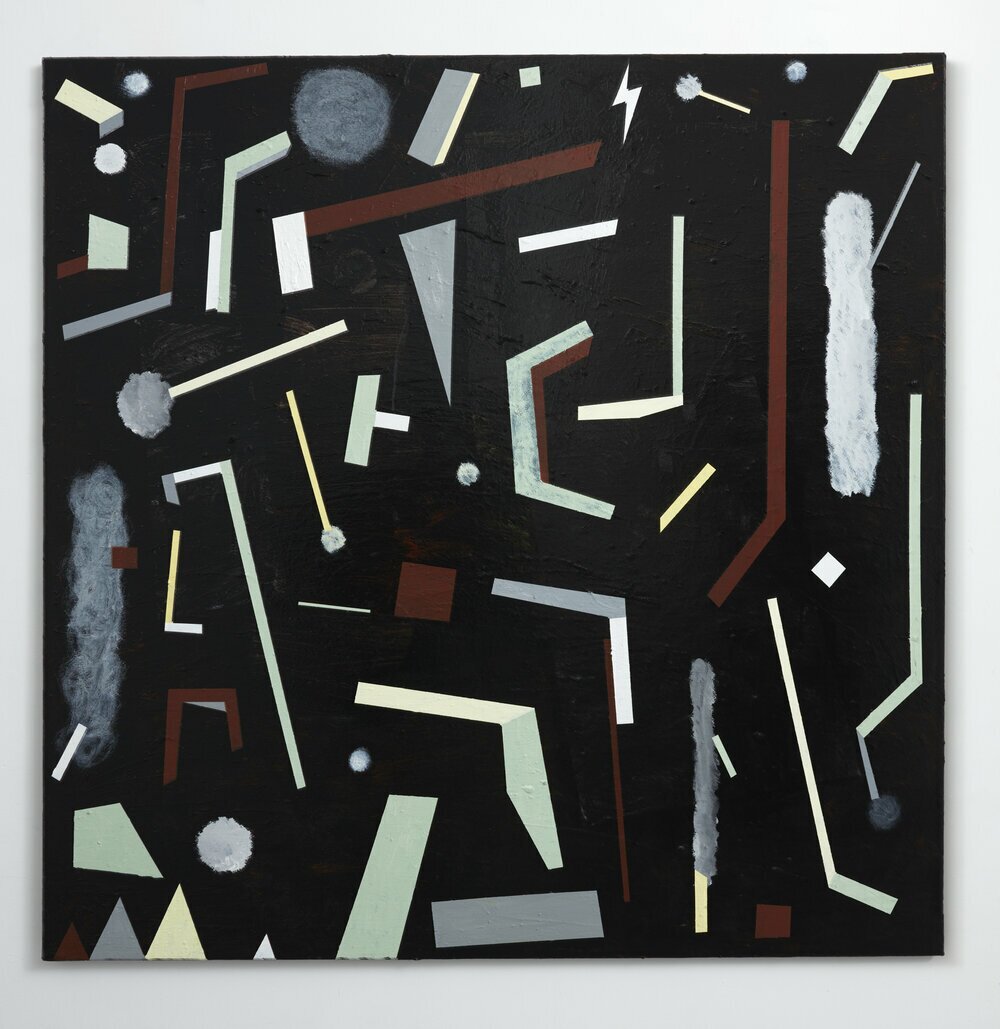

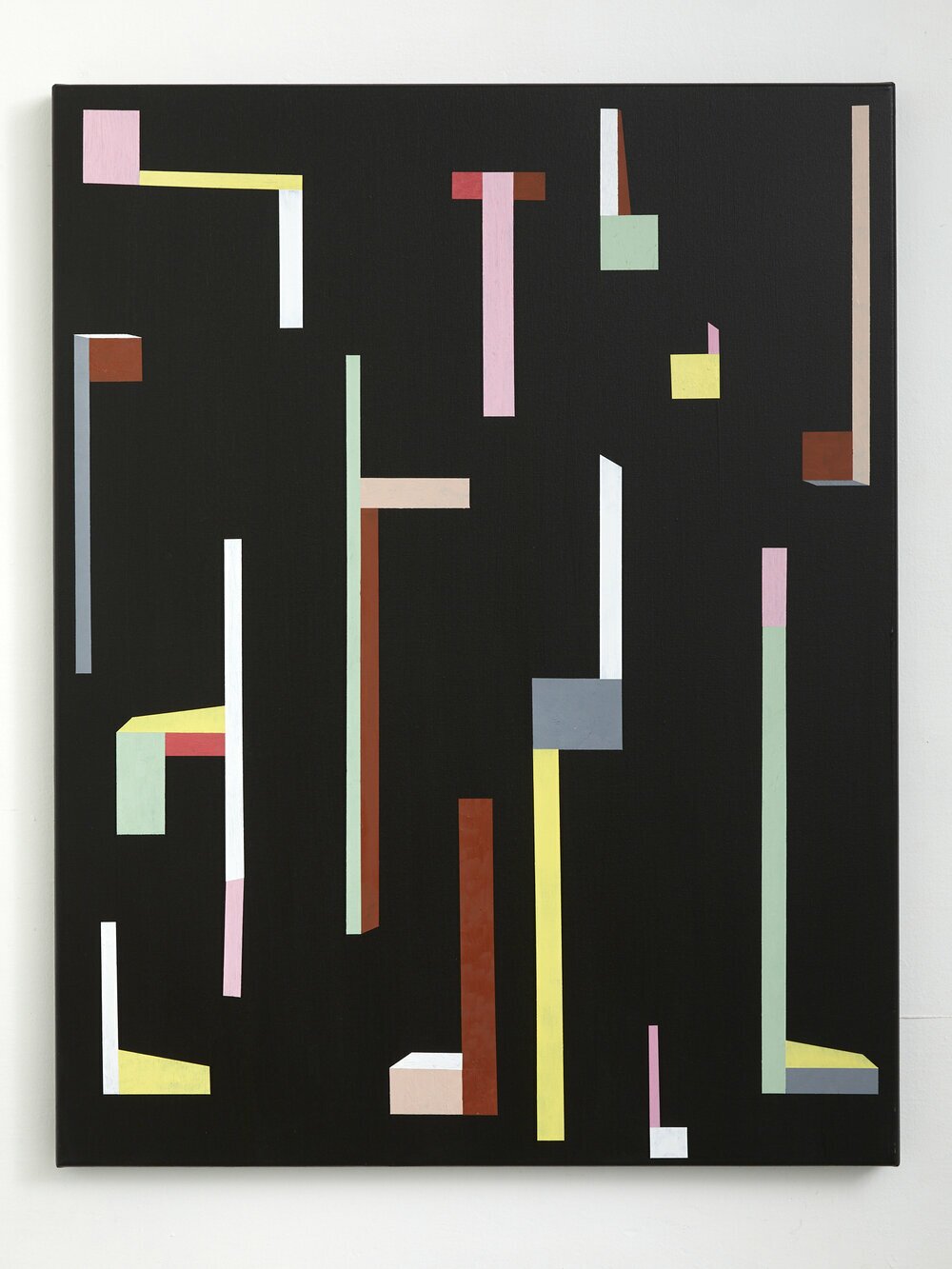



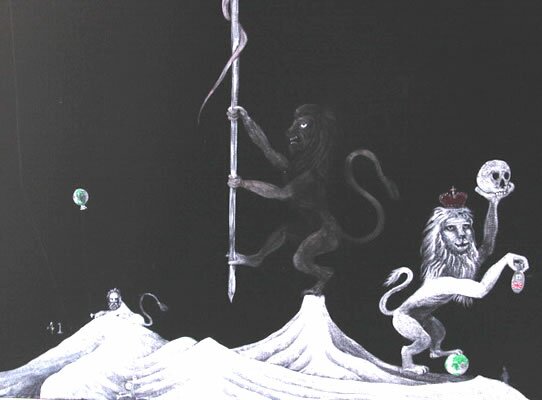
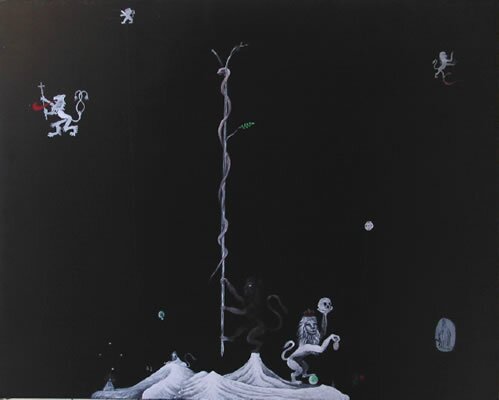
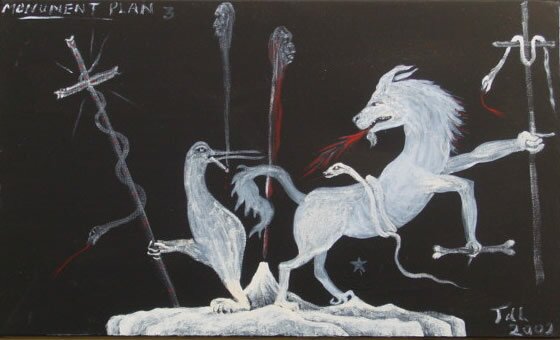
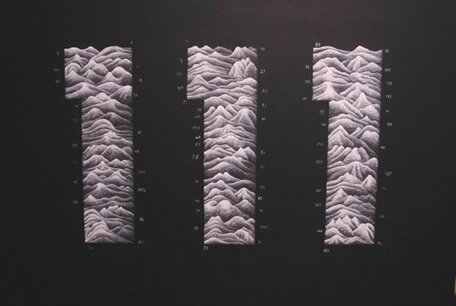
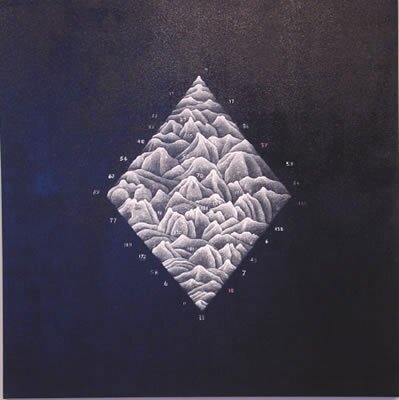
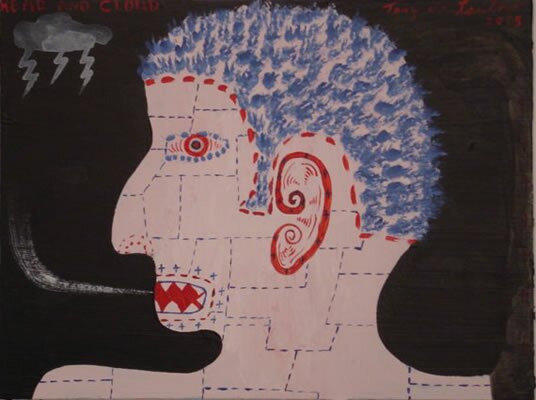

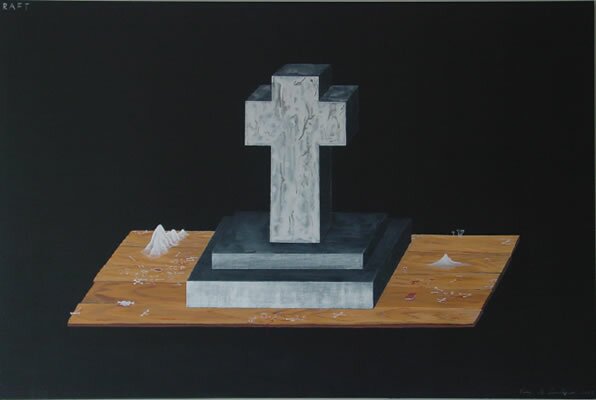
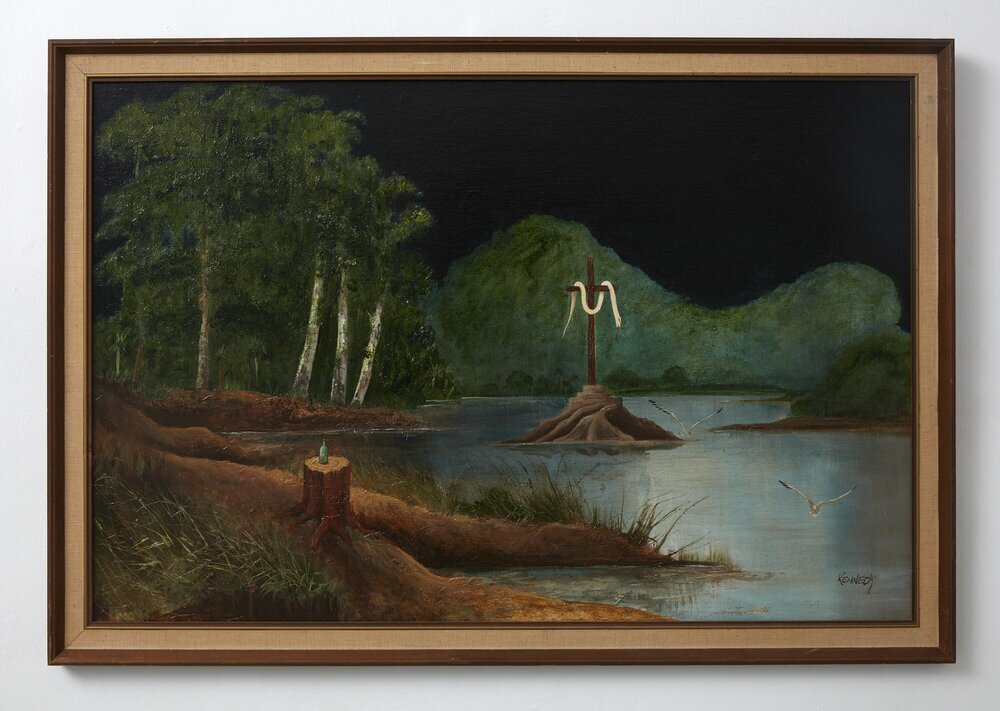
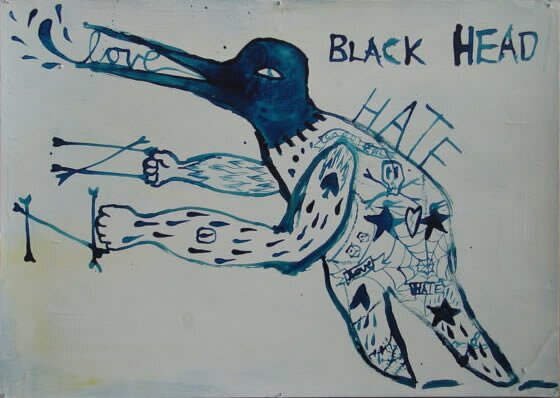
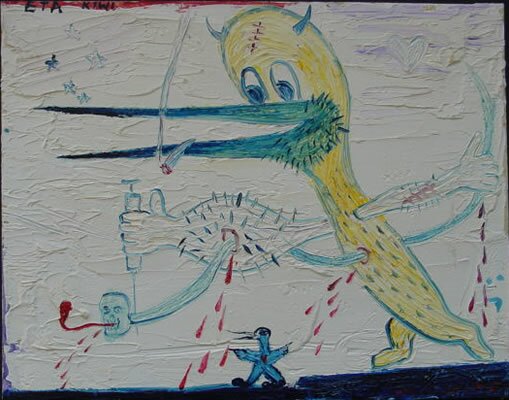
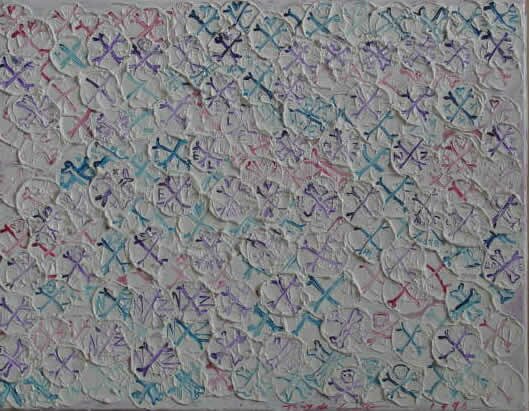
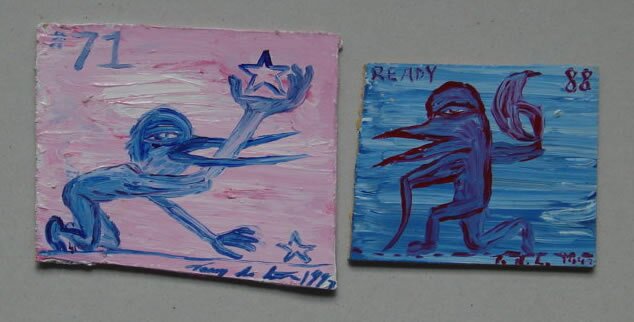
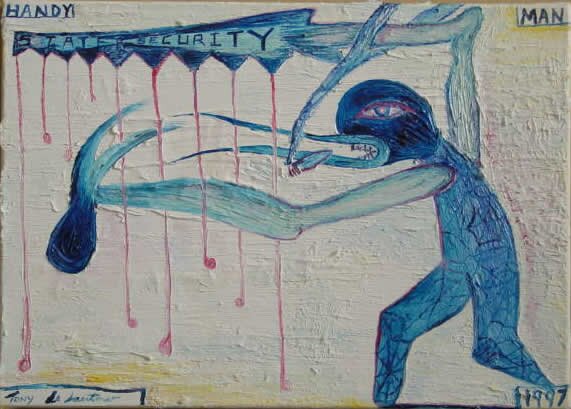

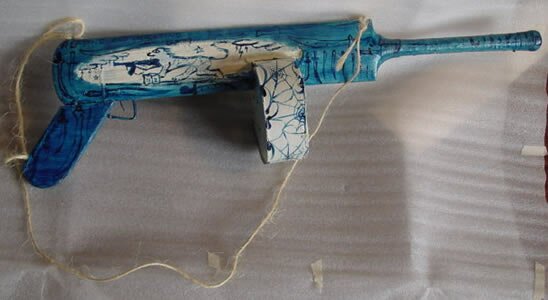
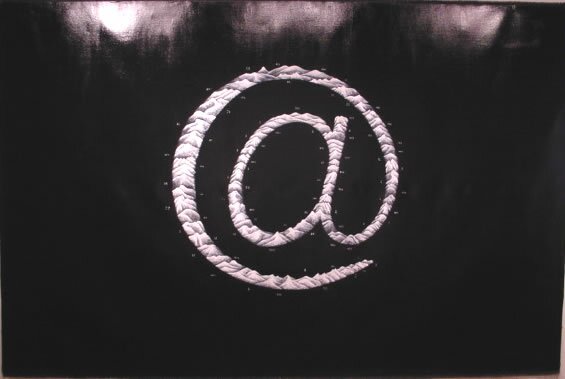

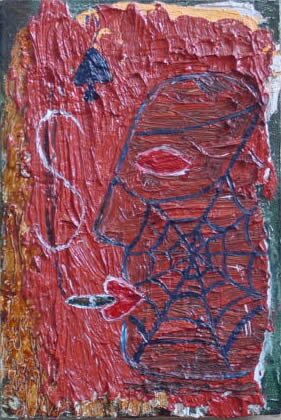
SELECTED BIBLIOGRAPHY
Close Quarters: contemporary art from Australia and New Zealand, Christina Barton, Zara Stanhope and Claire Williamson, editors, Australian Centre for Contemporary Art and Monash University Gallery, Melbourne, 1998
Art New Zealand 75, ‘Elvis and other evils: the art of Tony de Lautour’, Jonathan Bywater, 1995
Tony de Lautour: revisionist paintings, John Hurrell, Waikato Museum of Art and History, Hamilton; Govett-Brewster Art Gallery, New Plymouth
Te Maunga Taranaki: views of a mountain, Susette Goldsmith, editor, Govett-Brewster Art Gallery, New Plymouth, 2001
Hangover, Robert Leonard, Lara Strongman and Priscilla Pitts, editors, Waikato Museum of Art and History, Hamilton, Govett-Brewster Art Gallery, New Plymouth and Dunedin Public Art Gallery, Dunedin, 1995
Canterbury Painting in the 1990s, Felicity Milburn, Robert McDougall Art Gallery, Christchurch, 2000
Art New Zealand 80 ‘Low job: nine notes on cultural swoon’, Justin Paton, 1996
Art New Zealand 77 ‘Time spent in four chambers; A very peculiar practice’, Peter Shand, 1995
Big Bang Theory: Recent Chartwell Acquisitions, Allan Smith, Auckland Art Gallery, 2002
A Very Peculiar Practice: aspects of recent New Zealand painting, Allan Smith et al, City Gallery, Wellington, 1995
Bright Paradise: exotic history and sublime artifice: the 1st Auckland Tirennial, Allan Smith, et al., Auckland Art Gallery/Artspace/University of Auckland, 2001
Telecom Prospectus 2001: New Art New Zealand, Lara Strongman, et al., City Gallery, Wellington, 2001
Art News New Zealand, ‘Lost Utopias’, Virginia Were, Winter 2002
Art New Zealand 105 ‘Dark Paradise: Notes on the Paintings of Tony de Lautour’, Andrew Paul Wood, 2002-2003
Landscaper – Tony de Lautour Recent Paintings, catalogue, Kate Woodall, Te Manawa, Palmerston North, 2003
